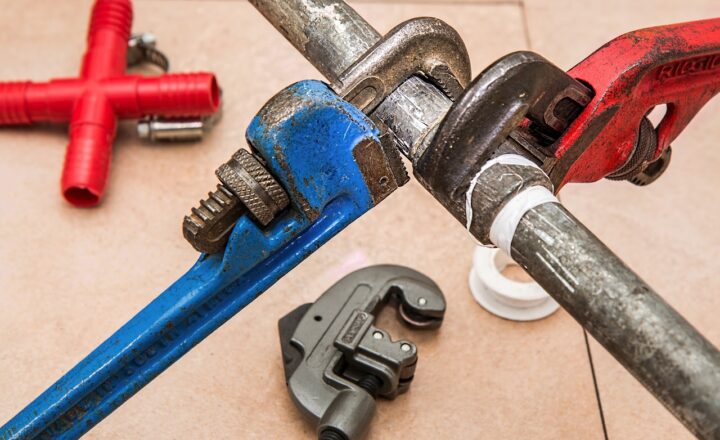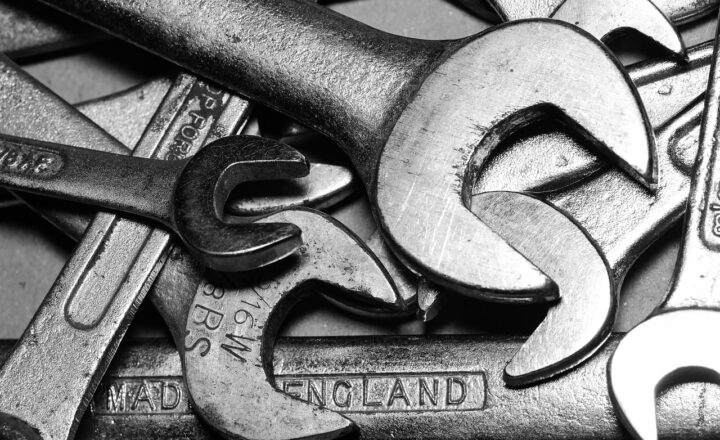
Cars are complex machines that comprise numerous parts working together to ensure seamless performance and safety. Whether you’re a car enthusiast or a casual driver, understanding the components under your car’s hood can empower you to make informed decisions regarding maintenance, repairs, and upgrades. In this guide, we will explore the critical parts of a car’s engine and other components that keep it running smoothly.
1. The Engine: The Heart of Your Vehicle
The engine is arguably the most vital part of your vehicle. It converts fuel into energy, propelling your car forward. Most modern engines are internal combustion engines, which rely on the combustion of fuel and air to create power. Key components of the engine include:
- Pistons: These cylindrical components move up and down within the engine cylinders, compressing fuel and air for combustion.
- Cylinders: The chambers where fuel and air mix, and combustion occurs.
- Crankshaft: Converts the linear motion of the pistons into rotational motion that drives the vehicle.
- Camshaft: Regulates the opening and closing of the engine’s intake and exhaust valves.
- Timing Belt/Chain: Synchronizes the rotation of the crankshaft and camshaft to ensure proper timing of the intake and exhaust events.
Understanding these components can help you appreciate how your engine functions, and recognize warning signs of engine issues.
2. The Cooling System: Keeping Your Engine Cool
Overheating is a significant risk for any engine. The cooling system prevents this by circulating coolant throughout the engine. Key components include:
- Radiator: Disperses heat absorbed by the coolant before it returns to the engine.
- Water Pump: Circulates coolant throughout the engine and radiator.
- Thermostat: Regulates coolant flow and maintains engine temperature by opening and closing based on temperature readings.
When the cooling system operates efficiently, it prevents engine overheating, extending the engine’s lifespan.
3. The Fuel System: Powering Your Engine
The fuel system ensures your engine receives the right amount of fuel at the right time. It includes:
- Fuel Tank: Stores gasoline or diesel until needed by the engine.
- Fuel Pump: Delivers fuel from the tank to the engine.
- Fuel Injectors: Spray a fine mist of fuel into the combustion chamber, ensuring optimal mixing with air for more efficient combustion.
Proper functioning of the fuel system is essential for performance and fuel efficiency.
4. The Exhaust System: Emission Management
The exhaust system expels gases produced during combustion and reduces harmful emissions. Key components include:
- Exhaust Manifold: Collects exhaust gases from the engine’s cylinders and delivers them to the exhaust system.
- Catalytic Converter: Converts harmful pollutants in exhaust gas into less harmful substances before they’re released into the atmosphere.
- Muffler: Reduces noise produced by the exhaust gases as they exit the vehicle.
Maintaining a healthy exhaust system is vital not only for environmental reasons but also for compliance with local emissions regulations.
5. The Electrical System: Powering Your Car
Modern vehicles are equipped with sophisticated electrical systems that power everything from the engine to your car’s entertainment and navigation systems. Key components include:
- Battery: Supplies electricity to start the engine and powers electrical systems when the engine isn’t running.
- Alternator: Recharges the battery while the engine is running and powers electrical systems.
- Starter Motor: Engages the engine and starts the combustion process when you turn your key or push the start button.
Understanding the electrical system ensures you can recognize potential starting and power-related issues.
6. Preventive Maintenance: Keeping Your Car in Top Shape
Understanding car parts is not just about knowing what they do; it’s also essential for preventive maintenance. Regular check-ups and tune-ups can help identify and solve potential issues before they become major problems. Here are a few tips for maintaining your car:
- Regular Oil Changes: Oil lubricates engine parts, and old oil can lead to buildup and damage. Change your oil as recommended by your manufacturer.
- Inspect Fluid Levels: Regularly check the coolant, brake fluid, and transmission fluid levels to ensure everything is in order.
- Monitor Tire Health: Maintain proper tire pressure and tread depth to ensure safety and fuel efficiency.
Preventive maintenance can save you time and money while keeping your vehicle running smoothly.
Conclusion
Understanding the various car parts and their functions is essential for any driver. From the engine to the exhaust system, each component plays a vital role in ensuring your vehicle operates efficiently and safely. By familiarizing yourself with these parts and engaging in regular maintenance, you can extend the life of your car while improving its performance. Don’t be just a driver; become an informed car owner!






